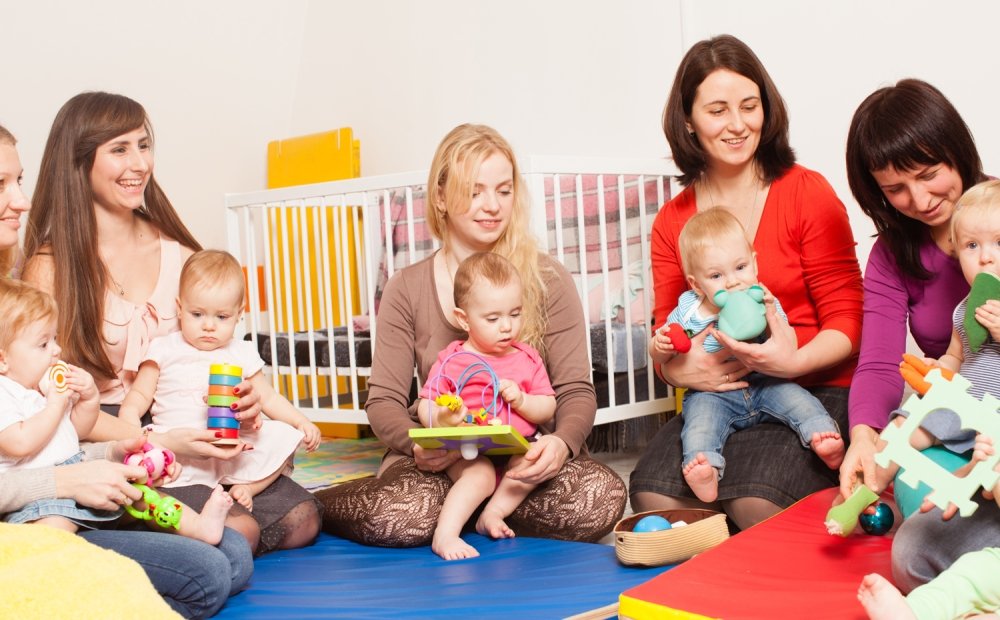Parental Leave: Are Healthy Families Key to a Healthy Economy?

Research shows that when men and women have access to paid family leave, they are better able to maintain their positions in the workforce while taking care of themselves and their families. At the same time, employers save money through less employee turnover, lower retention and training costs, and healthier families. Overall, paid family leave helps parents stay in the work force, leading to greater productivity and better use of talent, and contributing to the country’s economic growth.
But according to a study by the U.S. Department of Labor, only 12 percent of U.S. employees have access to formal paid family leave, and the rate is much lower for low-income employees.
Listen to this discussion with leading experts on families and the economy.
Key Quotes
Aparna Mathur
“One of the reasons we care about parental leave and paid leave in general is we have seen tremendous demographic changes over the last 30-40 years where there are many more women and mothers now in the labor force. Labor force participation rates for mothers have increased from 39% in the 1960s to over 70% today.”
“There is now this realization that in order to allow families to deal with the ability to raise families and to maintain jobs and to have careers, it’s important to have the conversation about policies that make that possible.”
“When you look at people and families that have access to leave, it’s really the higher income groups that are taking advantage of the system in the United States, where nation-wide we are allowing families to take 12 weeks of unpaid leave.”
Angela Rachidi
“From an economic perspective, cost of any leave benefit are borne by the employers in the form of compensation, even if it’s a government program employees are paying taxes that ultimately reduce take-home pay for the worker.”
“Few employers actually do provide a defined paid leave benefit, by that I mean paid leave specifically for the birth or adoption of a new child. It’s less than 15% of employers providing this benefit.”
“To the credit of many policy makers and thought leaders, several options for policy solutions for the lack of paid parental leave in the U.S. have been floated in recent years, and some have been designed to be more business friendly. These include tax benefits for employees to save for leave, tax credits to companies who offer leave, and other employee-employer incentives.”
Gwen Young
“Of 41 OECD nations, the U.S. is last with zero weeks of paid maternity leave. The next country starts at 2 months and going up to 87 weeks of paid leave by Estonia. The United States is 33rd of OCED countries for early care and education. So we are not doing great globally.”
“In 2015, 47.5% of women were compensated for taking maternity leave. It could take another decade before half of women get paid time off. Employers such as Netflix and Spotify have started giving paid leave, but it’s mainly women taking parental leave and not men. This hasn’t changed for about two decades.”
“According to Bureau of Labor statistics 11% of private sector workers and 17% of public sector workers have access to paid leave, but for lower income this falls to 5% of private sector and 14% of public sector. We are still disproportionally focused on the upper income levels."
Speakers

Moderator

Vice President, Sustainable Markets, Pact
Hosted By

Maternal Health Initiative
Housed within the Wilson Center's Environmental Change and Security Program, the Maternal Health Initiative (MHI) leads the Wilson Center’s work on maternal health, global health equity, and gender equality. Read more
